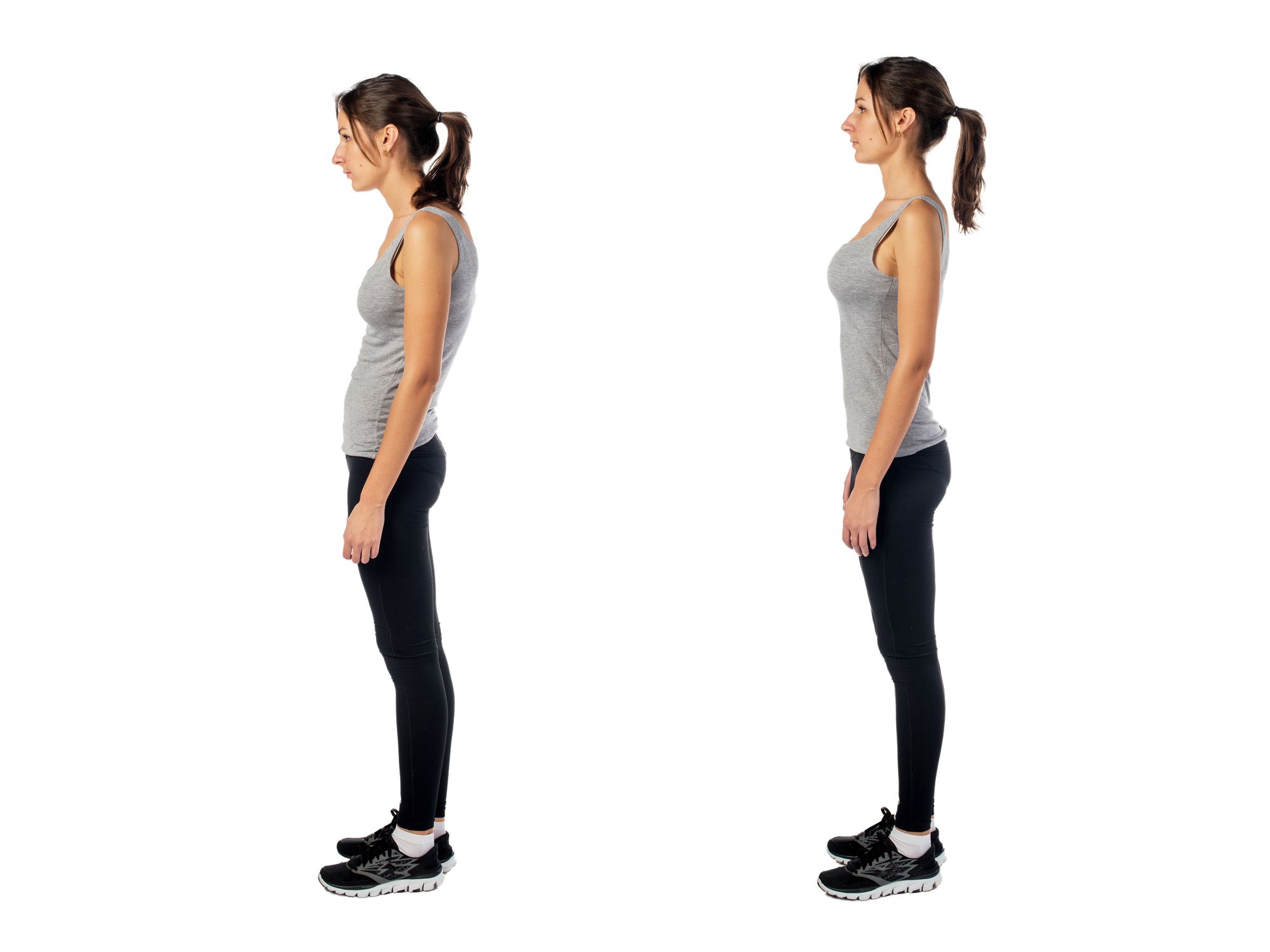Your neck is made up of vertebrae that extend from the skull to the upper torso. Cervical discs absorb shock between the bones. The bones, ligaments, and muscles of your neck support your head and allow for motion. Any abnormalities, inflammation, or injury can cause neck pain or stiffness.
Many people experience neck pain or stiffness occasionally. In many cases, it's due to poor posture or overuse. Sometimes, neck pain is caused by injury from a fall, contact sports, or whiplash.
Most of the time, neck pain isn't a serious condition and can be relieved within a few days. In some cases, neck pain can indicate serious injury or illness and require a doctor's care. If you have neck pain that continues for more than a week, is severe, or is accompanied by other symptoms, seek medical attention immediately.

Causes of neck pain
- Neck pain or stiffness can happen for a variety of reasons.
- Muscle tension and strain
This is usually due to activities and behaviors such as:
- poor posture
- working at a desk for too long without changing position
- sleeping with your neck in a bad position
- jerking the neck during exercise
Injury
The neck is particularly vulnerable to injury, especially in falls, car accidents, and sports, where the muscles and ligaments of the neck are forced to move outside of their normal range. If the neck bones, or cervical vertebrae, are fractured, the spinal cord may also be damaged. Neck injury due to sudden jerking of the head is commonly called whiplash.
Acute Back Pain
Acute Backache:
Causes of lower back pain of recent onset and short duration are most often due to muscle and ligament strains that usually occur with overuse or sudden jolting or twisting of the lower back, long term bad sitting posture.
This type of soft tissue injury is typically not serious in the long term if it is not repeated too often and if it is given appropriate treatment. Even though acute back pain problem is a limited event it can be extremely painful and greatly limit ability to move and function normally. Typically, lower back pain from a muscle strain or similar soft tissue injury like a pulled back injury.
Chronic Backache:
Causes of back pain related to old age, or the degenerative changes that result from a lifetime of heavy work with repeated multiple episodes of back injury, are much different than for the acute back pain problem. There are three basic causes of low back pain that is chronic:
Disc involvement of any of the lower lumbar discs can be a cause of lower back pain in one of several ways:
A. Tear of the disc: the disc itself can be a cause back pain when it is injured by lifting, twisting, or sudden compression as during a fall, by injuring the nerves that are inside the disc
B. Disc herniation: bulging or herniation of a disc outside of its normal size and shape can irritate nerves, ligaments and tendons that are near the herniated disc that will cause back pain
C. Sciatica: disc involvement can exert pressure and/or irritation to the nearby sciatic nerve, the largest nerve in the body, not only causing low back pain but also buttock and leg pain
D. Disc related pain tends to be more painful when sitting
E. Facet joint inflammation and arthritis changes, located in the rear portion of the spine:
- Facet joint pain is often located near the midline and tends not to radiate to far or cause much sciatic pain, unless accompanied by disc involvement which does happen.
- Causes lower back pain in people over 50 years of age, less so in those who are under 30 years of age.
- Facet related pain tends to be more painful when standing or when extending the spine.
- Low back muscle spasm of an acute or chronic nature
- Sacroiliac joint inflammation and arthritis changes:
- Two articulations of joints in the low back below the bottom lumbar spinal bone that are immediately under the two dimples of the buttocks. These bear the weight of the upper body and transfer it down to the lower half of the body.
- Heavily reinforced with ligaments that can become strained and sprained, as well as a SI joint capsule which is endowed with many nerve endings. Injury to any of these structures is painful.
- Accounts for about 20% of lower back and buttock pain.
- Sacroiliac joint pain tends to be relieved by non-weight bearing and by slow easy walking.

